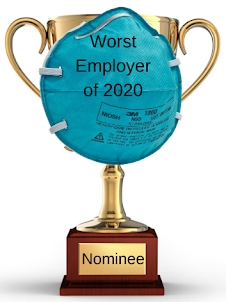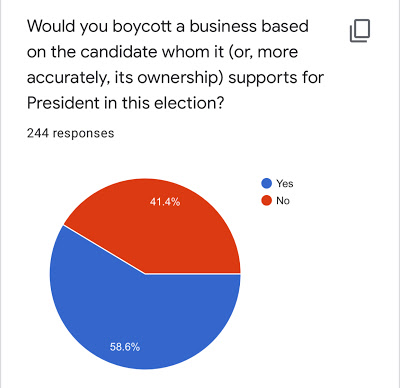MaryJo Delaney is suing her former employer after it demoted her from her management position following her return from a COVID-related layoff, for which she had volunteered so that she could stay at home with her 9-year-old son whose school was closed.
When her governor locked down the state early in the pandemic, her employer remained open as an essential business. It offered a voluntary layoff to anyone who wished to avoid the risk of contracting the virus. Delaney chose that option to care for her son.
She returned to work in May when the company recalled all laid-off employees. She requested to work limited hours, again because of her need to care for her son, but was told that reduced hours would result in a demotion. Instead, her employer permitted her to shift her hours to account for her child-care needs.
According to her complaint, however, her employer started to “overly scrutinize and nitpick [her] work performance and subject[ed] [her] to unfair criticism” upon her return to work. That criticism led to her demotion, which led to her resignation, which led to her lawsuit claiming violations of the Families First Coronavirus Response Act.
If your business has fewer than 500 employees, your employees have a right under the FFCRA to take leave to care for their child(ren) whose school is closed or whose childcare provider is otherwise unavailable because of COVID-19. If you interfere with that right or retaliate against an employee who takes such leave, you are violating the FFCRA.
That said, an employer isn’t powerless in this situation.
- You can offer remote work for employees who can perform their jobs away from the workplace. If you make remote work available, an employee does not qualify for FFCRA leave.
- You can offer a flexible work schedule to allow an employee to flex his or her hours around their childcare-related needs, which would also obviate an employee’s right to FFCRA leave.
- If you have fewer than 50 employees, you might qualify for the small-business exception to the FFCRA’s childcare-leave provisions and may not have to offer such leave at all.
What you cannot do, however, is outright deny leave if an employee qualifies or retaliate against an employee who takes such leave. That’s illegal and will get you sued. Take heed, because as COVID number skyrocket, if this isn’t an issue with which you’ve had to deal, it’s more than likely that you will and soon.





 First and foremost, before the disabled and their advocates start screaming that this order violates the ADA, it doesn’t. Yes, Title III of the ADA requires that businesses that are open to the public make exceptions to mask rules for those with disabilities that prevent them from wearing a mask. That accommodation, however, need not be letting them inside the business unmasked. You can offer online ordering and curbside pickup. You can have shoppers at the ready to make purchases on-call and bring them outside to the customers, or otherwise meet the customer outside to transact business. As long as your service is made “readily accessible” for someone with a disability, you’ve met your obligation under the ADA, and there are many ways to accomplish this without letting someone inside maskless.
First and foremost, before the disabled and their advocates start screaming that this order violates the ADA, it doesn’t. Yes, Title III of the ADA requires that businesses that are open to the public make exceptions to mask rules for those with disabilities that prevent them from wearing a mask. That accommodation, however, need not be letting them inside the business unmasked. You can offer online ordering and curbside pickup. You can have shoppers at the ready to make purchases on-call and bring them outside to the customers, or otherwise meet the customer outside to transact business. As long as your service is made “readily accessible” for someone with a disability, you’ve met your obligation under the ADA, and there are many ways to accomplish this without letting someone inside maskless.





